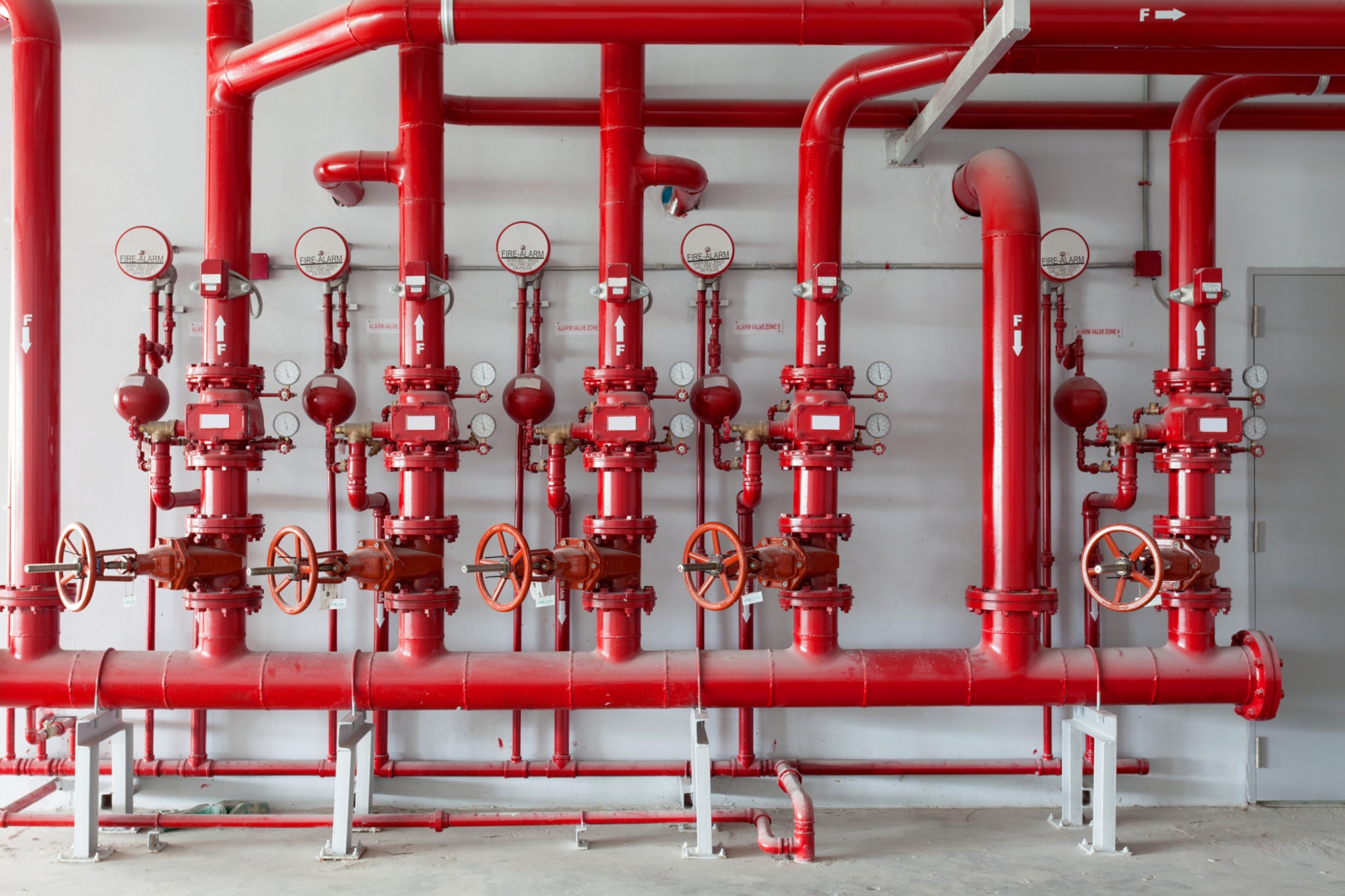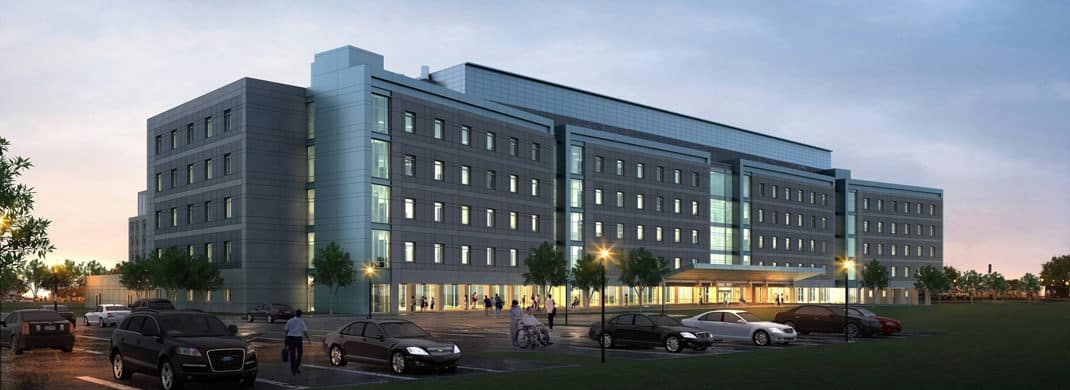Custom Fire Sprinkler Service for Every Business
Our advanced fire sprinkler systems are designed to accommodate your specific needs and keep fire and water damage to a minimum. From a museum that requires a hyper controlled distribution of water, to a massive warehouse that may require full saturation, the Sciens team will develop a code-compliant, cost-effective solution that is perfect for your requirements now and into the future.
CONTACT US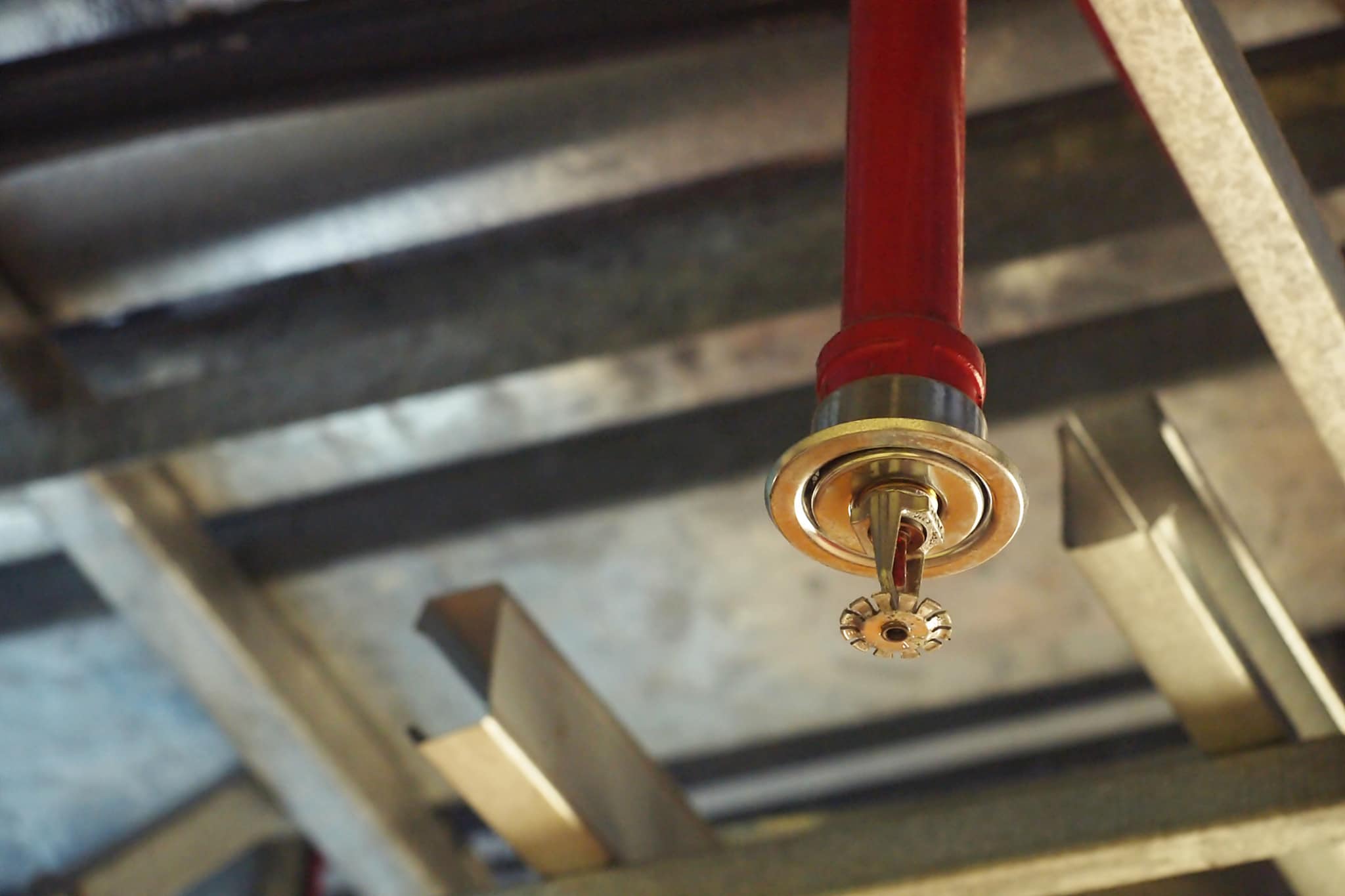
Understanding Fire Sprinkler Systems
- Does the space accommodate lots of people, like an office, hotel, mall, or event space?
- Do I have the necessary water supply for the assets I am looking to protect?
- Are there hazardous or highly combustible materials?
- Is it a high-risk manufacturing operation, like a mill or chemical plant?
- Is it a massive complex or campus with multiple requirements?
- Does the location freeze in the winter?
- Is it temperature controlled?
- Does it have access to public water or is it a closed system?
When it comes to fire sprinkler systems, there is no one-size-fits-all. Think about all the different variants to business that need a sprinkler system.

Navigating Fire Safety
A lot goes into selecting the right sprinkler solution for your business, and we start with the two primary types of fire sprinkler systems – Control and Suppression. Each type performs an important function and they are not mutually exclusive. Work with our dedicated team to find the perfect solution for your safety needs.
View ServicesControl mode sprinkler systems
are the most common and perform two functions. First, they manage the heat of a fire to keep the building as structurally stable and intact as possible. Second, they dampen or saturate other combustibles to keep the fire from spreading. These systems are designed to “control” a fire until emergency responders arrive. And while they often extinguish fires completely, they are not engineered to accomplish this task. These are the systems you see most often in public places, like hotels, offices, retail, and events spaces.
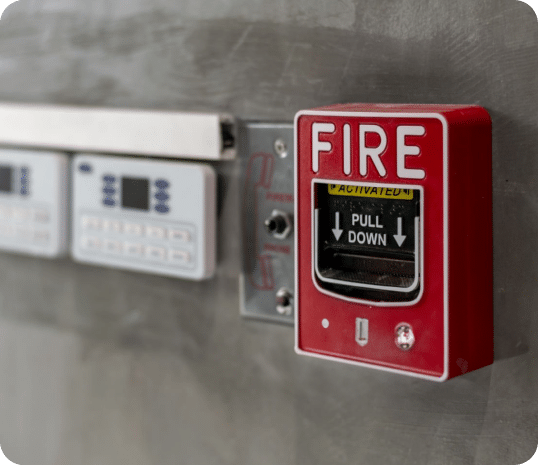
Suppression fire sprinkler systems
or early suppression fast response (ESFR), are specifically designed to put fires out using more water at a higher water pressure and with larger drops of water. Suppression systems are more likely to be used in industrial locations with higher ceilings and more combustible materials.
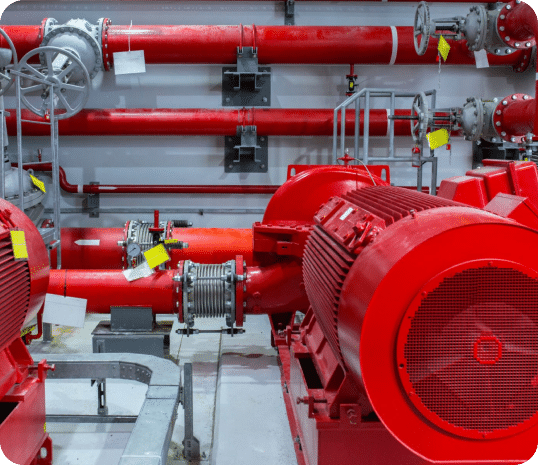
Both Control and Suppression sprinkler systems can use different types of water delivery systems that include wet pipe, dry pipe, preaction, and deluge.
What fire sprinkler system is right for your business?
Your type of business will mostly determine the right sprinkler system for your needs, as well as customized water distribution methods. There are four main types of systems to consider.
CONTACT USThe most common type of system is the automatic wet pipe sprinkler system. This type of system always keeps water in the pipes …
The most common type of system is the automatic wet pipe sprinkler system. This type of system always keeps water in the pipes, ready to be released should it be activated. Each sprinkler head contains an element that breaks when the ceiling temperature rises to a certain level, which releases the water that’s already in the pipe.
Cost-effective and self-activating, wet pipe sprinkler systems are generally selected by most industries. However, these systems are only reliable in environments where the temperature is controlled, with a minimal chance of freezing or being accidentally set off.
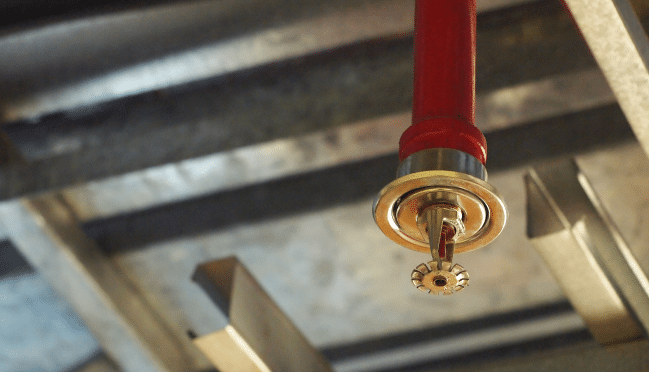
A dry system is very similar to a wet system but does not have water in the pipes. The piping is filled with…
A dry system is very similar to a wet system but does not have water in the pipes. The piping is filled with regulated air or nitrogen that prevents water from entering the pipe. Once a sprinkler’s element exceeds its temperature rating or there has been a loss in air or nitrogen, a check valve will open and allow water to enter the pipes.
Dry pipe systems are a preferred option in spaces that might fall below freezing, with the understanding that the water supply for the system must not freeze.
While there is a delay in the time from activation until water is released from the sprinkler heads, the NFPA requires this delay to be under 60 seconds.
A more specialized version of the wet and dry pipe systems is the preaction system. A combination of…
A more specialized version of the wet and dry pipe systems is the preaction system. A combination of three subsets of systems – non-interlock, single interlock, and double interlock.
A non-Interlock pre-action system operates similarly to a dry pipe system but exceeds the capacity of a dry pipe system. It utilizes air, nitrogen, or a detection system for activation. If there is pressure loss or the detection system activates, the pipes are filled with water.
A single interlock pre-action system operates once a detection device is activated by either smoke or heat. The piping is normally filled with air or nitrogen which is monitored in the event of a pressure loss. If a detection device is activated, water fills the pipes. Suppression of the area will not occur until the heating element of the fire sprinkler head has activated.
A double interlock pre-action valve requires two events to occur for the valve to activate. Pressure loss and activation of a detection device are required before the pre-action system opens the valve to allow water into the pipes.
While there are some limitations, the preaction system provides more options for businesses that want to minimize damage during a smaller fire event, accidental activation, or leakage, such as a museum, data center, or high value retail.
A deluge system is what its name implies, a deluge. Once activated, water will flow from all sprinklers or…
A deluge system is what its name implies, a deluge. Once activated, water will flow from all sprinklers or nozzles and saturate an area, which is ideal for a high-hazard location, like a power plant, airplane hangar, chemical manufacturing, and storage. The deluge system is an empty system with a dedicated water supply. They can also be installed with a foam solution rather than water, depending on the type of hazardous materials or operations in a location.
Fire sprinkler systems can be customized with various options that are approved by the NFPA to accommodate specific needs. This includes spray sprinklers and nozzles that discharge water or other suppressants in a distinct, customized spray pattern. Also, sprinklers have different spray types, such as mists, and system response times.
While most sprinkler systems are activated directly by heat, newer technologies allow them to be more effectively integrated into fire systems and can pinpoint precise locations of fires and respond accordingly.
When it comes to fire sprinkler systems, determining the right system requires expertise, experience, and a focused understanding of the numerous options available.
What other customizations do fire sprinkler systems have?
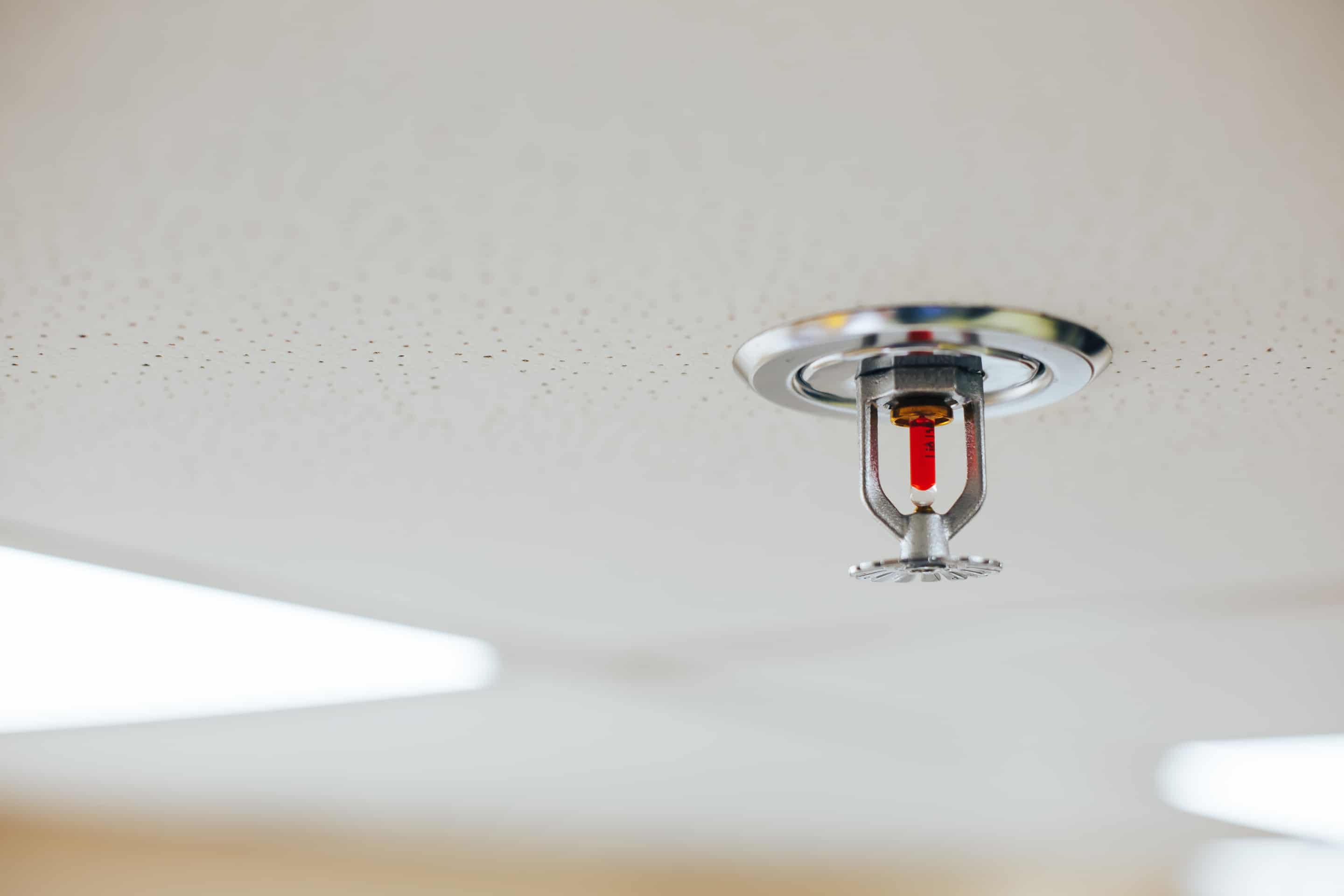
Sciens is an industry leader in the design and installation of fire sprinkler systems. Our fire sprinkler installation and service include designing, implementing, inspecting, and maintaining fire sprinkler systems for all types and sizes of businesses. We will evaluate your immediate and long-term requirements to develop a fire sprinkler system that is appropriate to your needs and budget. Every system we install meets or exceeds all NFPA 13, state and local codes and regulations.
